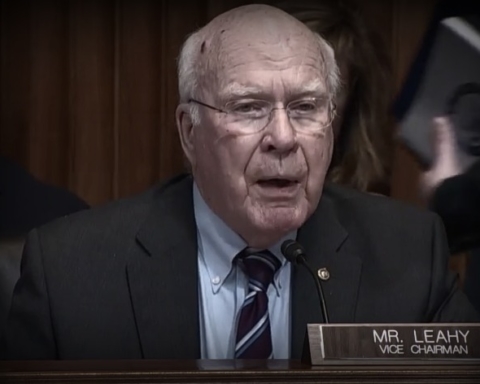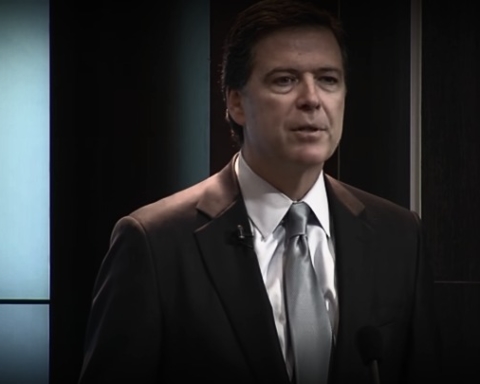The Federal Aviation Administration is on pace to allow more drones to fly through the nation’s airspace in 2015 than in any other year, but still is struggling to cope with the normalization of the relatively new technology, the Government Accountability Office warned.
In a report published on Monday, the GAO lauded the agency, claiming that it “has progressed toward its goal of seamlessly integrating unmanned aerial system (UAS) flights into the national airspace.”
The oversight body, however, went on to say that the US, like other countries, is still facing “technology shortfalls.”
“UASs’ current inability to detect and avoid other aircraft, the lack of a standard for command and control systems, and no dedicated and secure frequency spectrum are technical challenges preventing full UAS integration into the national airspace,” the report notes.
The GAO adds that the US air traffic system, described as “the busiest and most complex in the world” presents its own unique challenges for drones.
“UASs, after integration, would share with more than 300,000 general aviation aircraft, ranging from amateur-built aircraft, rotorcraft, and balloons, to highly sophisticated turbojets (executive jets),” GAO stated. “Introducing potentially large numbers of UAS by hobbyists, farmers, law enforcement agencies, and others would add to this complexity.”
The UK and Canada, which already have commercial drone regulations on the books, have much smaller aircraft registration numbers: 20,000 and 8,400 respectively.
There have already been a series of near misses between drones and commercial planes near US airports, including two incidents on July 31 at JFK International Airport in New York City, prompting concerns that the FAA isn’t doing enough to regulate the new industry.
The FAA announced in February that it was issuing a notice of proposed rulemaking on the use of small commercial drones—defined as weighing fewer than 55 pounds and operating at low altitudes—which the agency expects will comprise the majority of future UAS air traffic.
GAO reports that the rule is unlikely to be finalized before 2017—roughly two years beyond the completion date mandated by Congress through a semi-annual FAA appropriations bill passed in 2012.
The FAA envisions the technology being used for a variety of commercial, industrial, and logistical purposes. Amazon CEO Jeff Bezos predicted that the latter will make drones as ubiquitous as mail trucks in the future.





